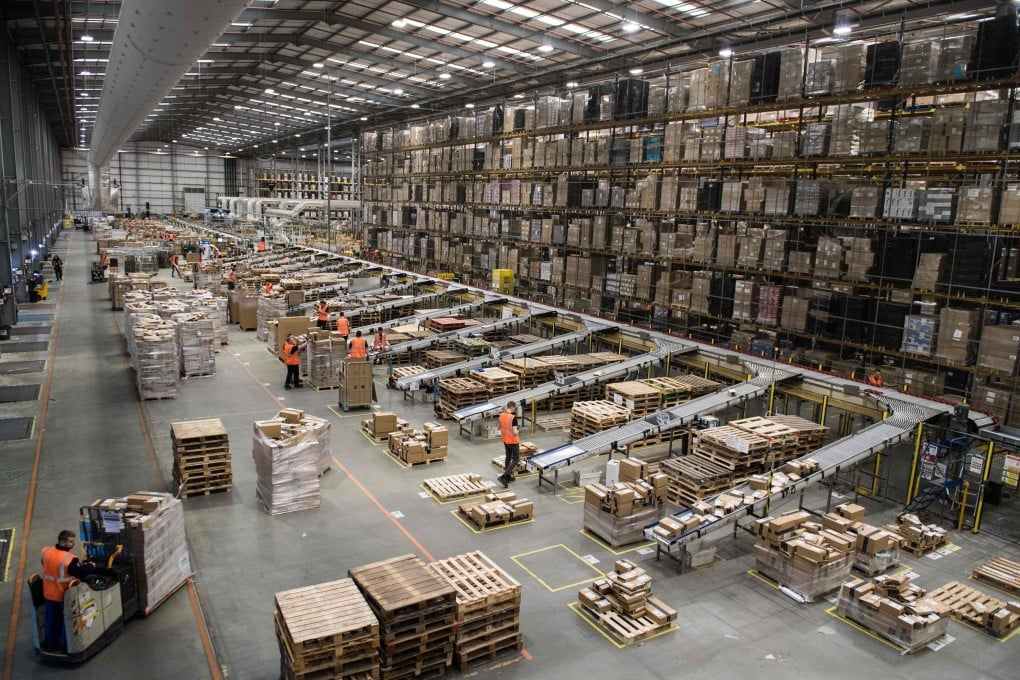Opinion | Hong Kong needs an industrial policy to keep up with rapidly evolving trade logistics
- Without an industrial blueprint and economic planning, Hong Kong may miss the opportunities in modern logistics, as a land shortage restricts the growth of the larger warehouses and data centres needed in the evolution

While the world economic outlook remains uncertain, one thing for certain is that the Covid-19 pandemic has fuelled the growth of the stay-at-home economy. From groceries to clothes, more shoppers now realise these can all be delivered with a few clicks of a mouse.
Larger modern warehouses and logistics centres are crucial to the operation of e-commerce platforms; they accommodate a greater number and variety of products and make it easier to centralise order management. This saves on delivery costs by reducing the need to deploy goods to different warehouses and improves customer experience as they receive their orders in one go.

02:23
Coronavirus: Food delivery services keep Hongkongers fed during Covid-19 pandemic
Data about customers’ purchase history, shopping cart status and even real-time mouse clicking behaviour can be used by companies to predict where certain products may be sold, and where certain products can be shipped closer to potential customers, shortening delivery time. As more analytics are embedded in the business process, more space for data centres will be required.


